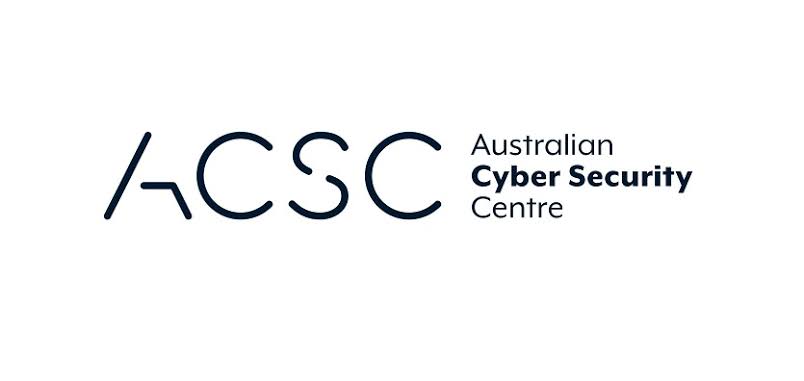You’ve heard of the Magnificent Seven, but you do know about the Essential 8?
In the ever-evolving landscape of cyber threats, organizations must prioritize robust cybersecurity measures to protect their sensitive information and maintain operational continuity. The Essential 8, a cybersecurity framework developed by the Australian Signals Directorate (ASD), offers a comprehensive set of strategies to bolster your security defenses. In this article, we will explore each of the Essential 8 strategies and highlight why incorporating them into your cybersecurity practices is crucial for safeguarding your organization.
1. Application Control:
Implementing application control allows organizations to manage and control the execution of applications within their environment. By closely monitoring and controlling which applications can run, you can prevent unauthorized or potentially malicious software from compromising your systems. Application control acts as a vital line of defense against unknown or risky applications, bolstering your overall security posture.
2. Patch Applications:
Regularly patching applications is essential to address known vulnerabilities and safeguard against potential exploits. Outdated software can serve as an entry point for cybercriminals. By promptly applying patches and updates, you close security gaps and reduce the risk of unauthorized access or data breaches. Proactive patch management ensures your systems remain resilient against emerging threats.
3. Configure Microsoft Office Macro Settings:
Microsoft Office macros can be exploited by attackers to deliver malware. Configuring and controlling macro settings effectively mitigates this risk. Educate your employees about the potential dangers associated with macros and encourage safe practices, such as enabling macros only for trusted documents. By implementing secure macro configurations, you enhance your defenses against macro-based threats.
4. User Application Hardening:
Web browsers and user applications are common targets for cyber attacks. Implementing user application hardening involves securely configuring these applications to minimize vulnerabilities. This can include disabling unnecessary features, enabling security plugins or extensions, and ensuring applications are regularly updated. By hardening user applications, you decrease the likelihood of successful exploitation by malicious actors.
5. Restrict Administrative Privileges:
Limiting administrative privileges to only those who require them is a fundamental principle of cybersecurity. By following the principle of least privilege, organizations reduce the potential impact of security incidents. Restricting administrative access helps prevent unauthorized actions and limits the spread of malware within your systems. By granting administrative privileges strictly based on necessity, you minimize the attack surface and strengthen your security posture.
6. Patch Operating Systems:
Similar to patching applications, keeping your operating systems up to date is vital for addressing known vulnerabilities. Regularly applying security patches ensures that your operating systems are fortified against potential exploits. By maintaining a proactive approach to patching, you enhance the overall resilience of your systems and protect against a wide range of threats.
7. Multi-Factor Authentication (MFA):
Passwords alone are no longer sufficient to protect user accounts. Implementing multi-factor authentication (MFA) adds an extra layer of security by requiring users to provide additional authentication factors, such as a unique code from a mobile device or biometric verification. MFA significantly reduces the risk of unauthorized access, even if passwords are compromised. By adopting MFA, you fortify the security of user accounts and protect sensitive information.
8. Regular Backups:
Data loss can occur due to various factors, including cyber incidents, hardware failures, or human error. Regularly backing up critical data is essential to ensure business continuity and rapid recovery. By performing regular backups, you minimize the impact of data loss and ensure that important information can be restored effectively. Reliable backups are an integral part of your cybersecurity strategy.
In a world where cyber threats are becoming increasingly sophisticated, organizations must proactively protect their digital assets. By adopting the Essential 8 strategies, including application control, patching applications, configuring Microsoft Office macro settings, user application hardening, restricting administrative privileges, patching operating systems, implementing multi-factor authentication, and maintaining regular backups, you fortify your cybersecurity defenses.
Prioritizing the Essential 8 demonstrates your commitment to mitigating risks, protecting sensitive data, and maintaining operational resilience. Embrace these strategies to enhance your organization’s security posture and contribute to a safer digital environment for your business and stakeholders.
Remember, cybersecurity is an ongoing effort. Stay vigilant, adapt to emerging threats, and continuously review and update your security practices to effectively safeguard your organization’s valuable assets.
